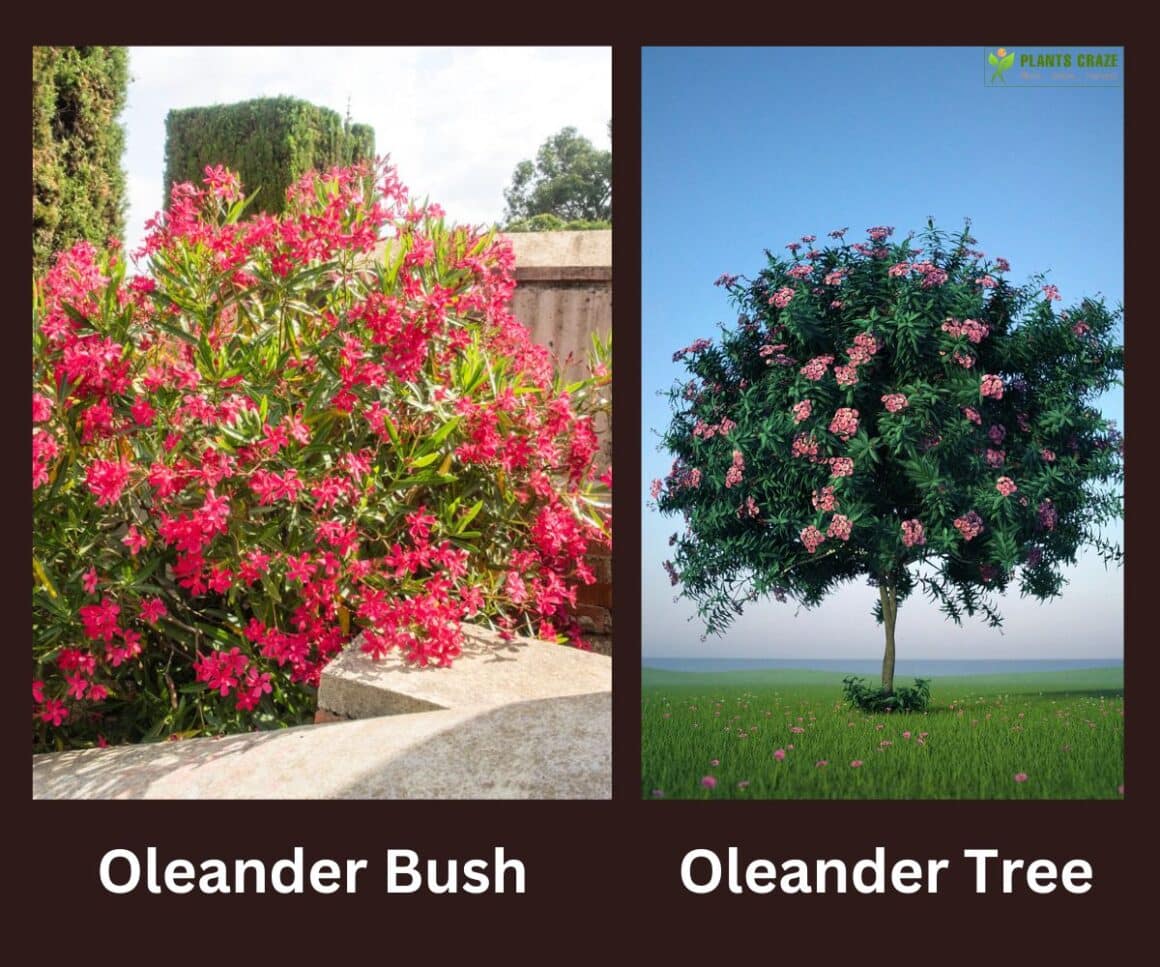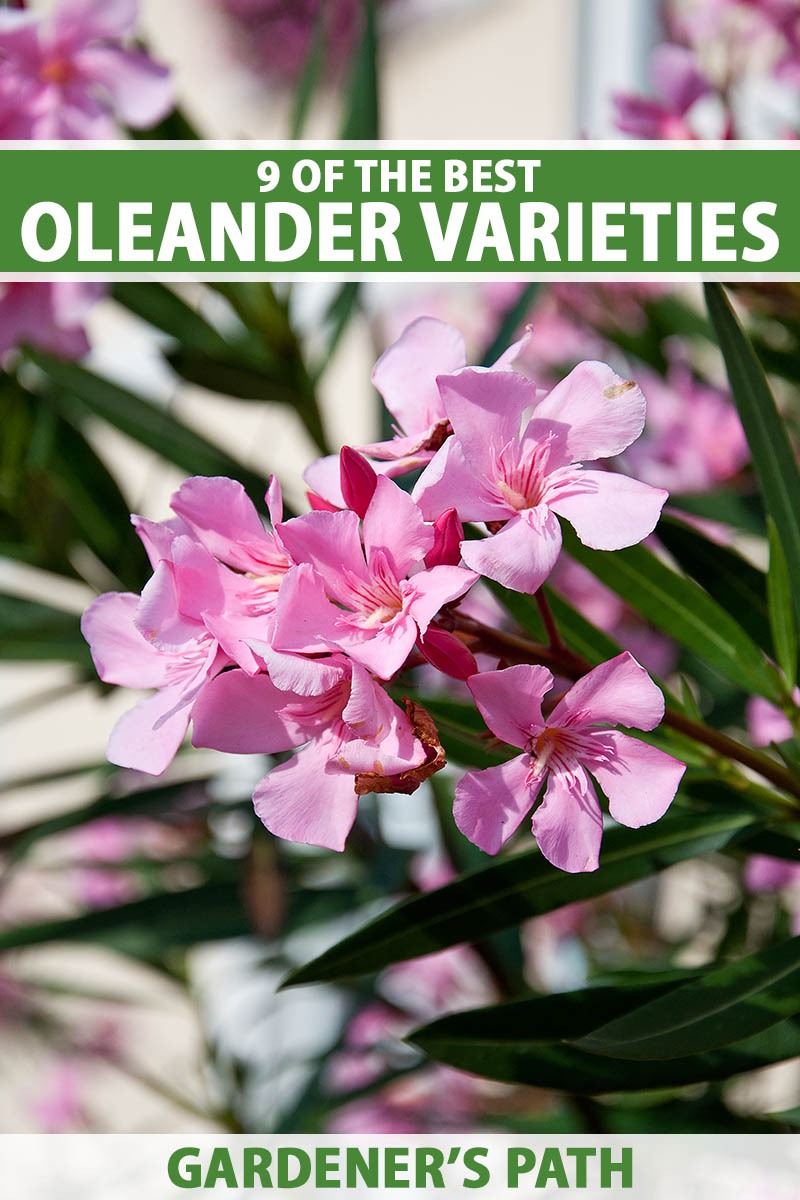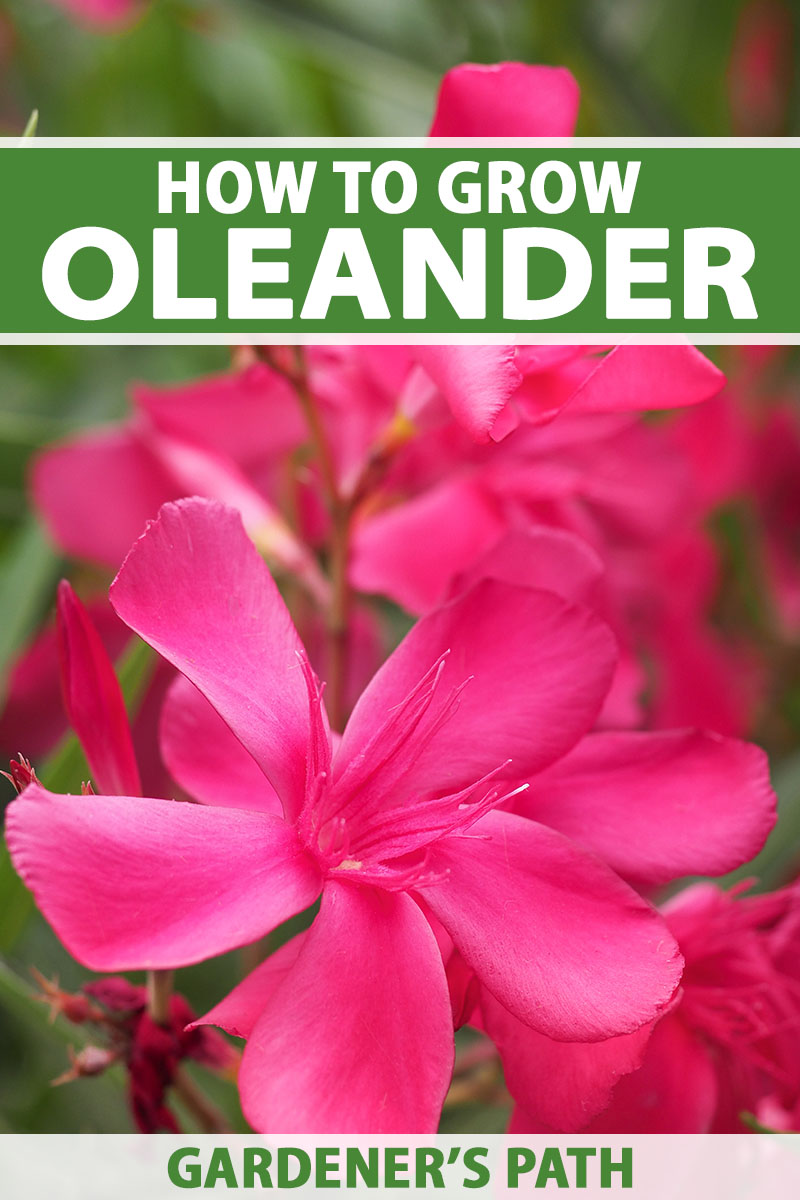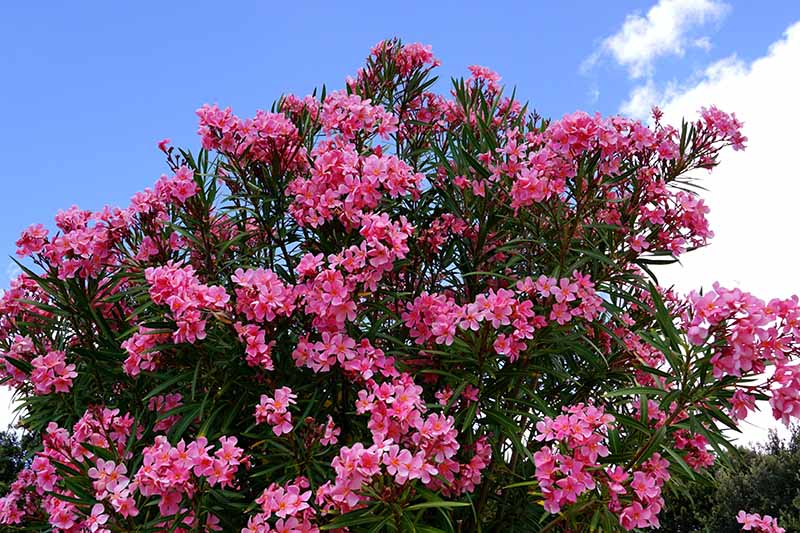Understanding Oleander Growth Habits
Oleander plants are known for their stunning beauty and ability to thrive in warm climates. These evergreen shrubs can grow quite large, making them a popular choice for landscaping and gardening. But have you ever wondered, how big do oleanders get? To determine the expected size of an oleander plant, it’s essential to understand its growth habits. Oleanders are classified as a fast-growing plant, with some varieties growing up to 3 feet per year. They can grow in a variety of conditions, from full sun to partial shade, and can tolerate a range of soil types. However, the plant’s growth rate and ultimate size can be affected by factors such as climate, soil quality, and pruning. By understanding these growth habits, you can better anticipate the size of your oleander plant and provide the necessary care to promote healthy growth.
Factors Affecting Oleander Size
Several factors can impact the size of an oleander plant, making it essential to understand these influences to determine how big your oleander will get. Climate is one of the most significant factors affecting oleander size. Oleanders thrive in warm, sunny climates, and temperatures between 65°F and 90°F (18°C and 32°C) promote healthy growth. However, extreme temperatures, either hot or cold, can stunt the plant’s growth and affect its overall size. Soil quality is another crucial factor, as oleanders prefer well-draining soil with a pH between 6.0 and 8.0. Poor soil quality can lead to nutrient deficiencies, which can impact the plant’s growth rate and size.
Watering and pruning are also essential factors to consider when determining oleander size. Overwatering can lead to root rot, which can stunt the plant’s growth, while underwatering can cause the plant to become stressed, affecting its size. Pruning is necessary to maintain the plant’s shape and promote healthy growth. Pruning can also help control the plant’s size, as it allows you to remove any dead or damaged branches that can affect the plant’s overall size.
How to Measure Oleander Size
To determine the size of an oleander plant, it’s essential to take accurate measurements. Measuring the plant’s height, width, and spread will give you a clear understanding of its overall size. To measure the height, start from the base of the plant and measure up to the highest point of the foliage. For the width, measure from one side of the plant to the other, taking into account any branches or foliage that may be extending beyond the main stem. The spread refers to the distance between the outermost branches or foliage, and this can be measured by stretching a tape measure or string from one side of the plant to the other.
When measuring oleander size, it’s also important to consider the plant’s growth habits. Oleanders can grow quite large, but they can also be pruned to maintain a desired size and shape. By taking regular measurements, you can track the plant’s growth and make adjustments as needed to keep it healthy and thriving. If you’re wondering how big your oleander will get, taking accurate measurements will give you a better understanding of its potential size and help you plan for its future growth.
Oleander Varieties: Which Ones Grow the Largest?
There are several oleander varieties, each with its own unique characteristics and growth habits. Some varieties are known to grow quite large, while others are more compact and suitable for smaller spaces. The ‘Californica’ variety, for example, is known to grow up to 15 feet tall and 10 feet wide, making it one of the largest oleander varieties. The ‘Sister Agnes’ variety, on the other hand, is a more compact variety that grows up to 6 feet tall and 4 feet wide.
Other popular oleander varieties include the ‘Pink Beauty‘, which grows up to 10 feet tall and 6 feet wide, and the ‘White Beauty’, which grows up to 12 feet tall and 8 feet wide. These varieties are known for their stunning flowers and ability to thrive in warm climates. When wondering how big do oleanders get, it’s essential to consider the specific variety you are growing, as this will give you a better understanding of its potential size.
It’s also worth noting that some oleander varieties are more suitable for container gardening, while others are better suited for in-ground planting. By choosing the right variety for your specific needs, you can enjoy the beauty and benefits of oleander plants, regardless of the size of your space.
Pruning for Size Control
Pruning is an essential part of maintaining an oleander plant’s size and shape. By pruning your oleander regularly, you can control its growth and keep it from becoming too large or unruly. Pruning also helps to promote healthy growth by removing dead or damaged branches, which can help prevent disease and pests from taking hold.
When pruning your oleander, it’s essential to use the right techniques to avoid damaging the plant. Start by removing any dead or damaged branches, and then cut back any overgrown branches to maintain the desired shape. You can also prune your oleander to encourage new growth, by cutting back the tips of the branches to encourage branching.
Pruning can also help to control the size of your oleander plant, by reducing its overall height and width. By pruning your oleander regularly, you can keep it from growing too large, and maintain a more compact shape. This is especially useful if you’re growing your oleander in a container, or in a small garden where space is limited.
When wondering how big do oleanders get, it’s essential to consider the role of pruning in controlling their size. By pruning your oleander regularly, you can keep it from growing too large, and maintain a more compact shape. This will help you to enjoy the beauty of your oleander plant, without it becoming too overwhelming or difficult to manage.
Caring for Your Oleander to Promote Healthy Growth
Proper care is essential for promoting healthy oleander growth and maximizing its potential size. One of the most critical aspects of oleander care is watering. Oleanders prefer well-draining soil and should be watered regularly, but not excessively. Overwatering can lead to root rot and other problems, while underwatering can cause the plant to become stressed and affect its growth.
Fertilizing is also crucial for promoting healthy oleander growth. Oleanders benefit from regular fertilization, especially during the growing season. A balanced fertilizer that is high in phosphorus will help promote healthy root growth and maximize the plant’s potential size.
Pest management is another important aspect of oleander care. Oleanders can be susceptible to pests such as aphids, whiteflies, and spider mites. Regularly inspecting the plant for signs of pests and taking action quickly can help prevent infestations and promote healthy growth.
By providing proper care, including watering, fertilizing, and pest management, you can help promote healthy oleander growth and maximize its potential size. This will help you to enjoy the beauty of your oleander plant, and wonder less about how big do oleanders get, as you will be able to see the results of your care and attention.
Common Problems That Can Affect Oleander Size
Despite their beauty and hardiness, oleanders can be susceptible to certain problems that can affect their size. Pests, diseases, and nutrient deficiencies are common issues that can impact oleander growth and size. For example, pests like aphids, whiteflies, and spider mites can feed on the plant’s sap, causing damage and stunted growth.
Diseases like root rot and leaf spot can also affect oleander size by causing damage to the plant’s roots and leaves. Root rot, for example, can cause the plant’s roots to rot, leading to stunted growth and a reduced size. Leaf spot, on the other hand, can cause unsightly spots on the plant’s leaves, reducing its overall appearance and size.
Nutrient deficiencies can also impact oleander size by limiting the plant’s ability to grow and thrive. For example, a lack of nitrogen can cause the plant’s leaves to turn yellow and become stunted, while a lack of phosphorus can impact the plant’s root growth and overall size.
By being aware of these common problems and taking steps to prevent and address them, you can help promote healthy oleander growth and maximize its potential size. This will help you to enjoy the beauty of your oleander plant, and wonder less about how big do oleanders get, as you will be able to see the results of your care and attention.
Conclusion: What to Expect from Your Oleander’s Size
In conclusion, understanding the growth habits and factors that affect oleander size is essential to determining the expected size of your oleander plant. By providing proper care, including watering, fertilizing, and pruning, you can help promote healthy growth and maximize the plant’s potential size.
Additionally, being aware of common problems that can affect oleander size, such as pests, diseases, and nutrient deficiencies, can help you take steps to prevent and address these issues. By following the tips and guidelines outlined in this article, you can help ensure that your oleander plant grows to its full potential and remains a beautiful and thriving addition to your garden or landscape.
So, how big do oleanders get? With proper care and attention, oleanders can grow to be quite large and impressive, making them a stunning addition to any garden or landscape. By understanding the factors that affect oleander size and taking steps to promote healthy growth, you can enjoy the beauty and benefits of these amazing plants for years to come.









